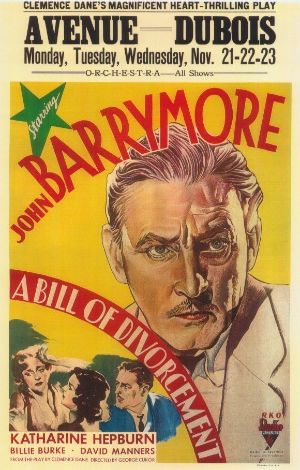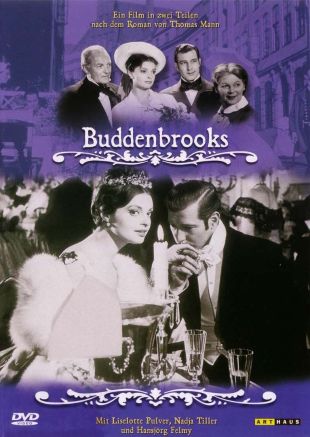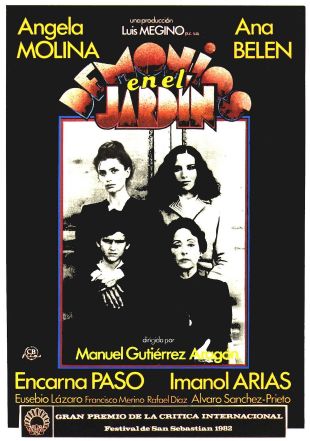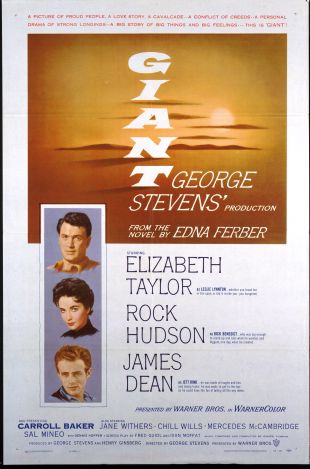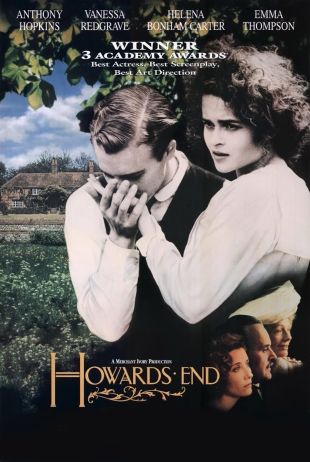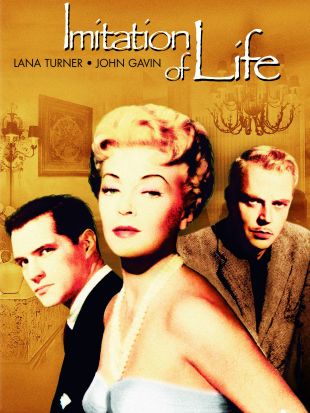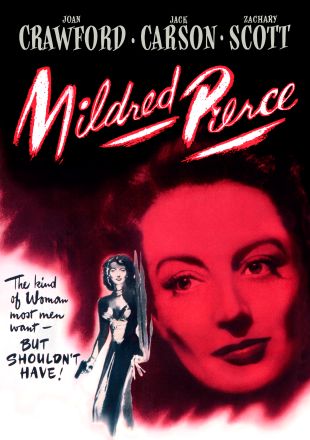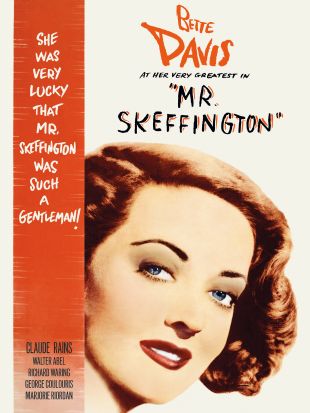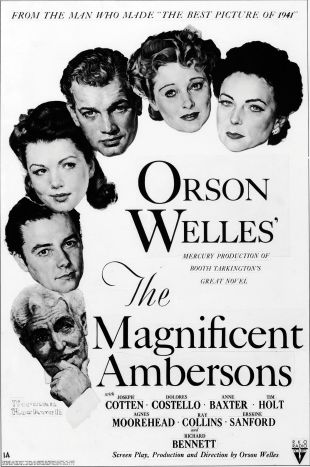
The Magnificent Ambersons (1942)
Directed by Orson Welles
Genres - Drama, Romance, Language & Literature |
Sub-Genres - Family Drama, Period Film |
Release Date - Jul 10, 1942 (USA) |
Run Time - 88 min. |
Countries - United States |
MPAA Rating - NR
Share on
Synopsis by Hal Erickson
Orson Welles' followup to Citizen Kane (1941) was utterly different from Kane in style and texture, but just as brilliant in its own way. Writer/director Welles does not appear on camera, but his voiceover narration superbly sets the stage for the movie's action, which fades in valentine fashion on Amberson Mansion, the most ostentatious dwelling in all of turn-of-century Indianapolis. Its mistress is the haughtily beautiful Isabel Amberson (Dolores Costello). When Isabel's beau, erstwhile inventor Eugene Morgan (Joseph Cotten), inadvertently humiliates her in public, she breaks off the relationship and marries colorless Wilbur Minafer (Donald Dillaway). The neighbors are certain that, since Isabel can't possibly love Wilbur, she will spoil her children rotten. As it turns out, she has one child, George Minafer (Tim Holt), and that one is enough as far as the rest of Indianapolis is concerned. There are those who live for the day that the arrogant, insufferable George will get his comeuppance. When George returns home from college, his mother and grandfather (Richard Bennett) hold a gala reception in his honor. Among the guests is the older-and-wiser Eugene, now a prosperous automobile manufacturer, and his pretty daughter Lucy (Anne Baxter). George takes to Lucy immediately, but can't warm up to Eugene, especially after learning from his uncle Jack Amberson (Ray Collins) and his maiden aunt Fanny (Agnes Moorehead) that Eugene and Isabel had once been sweethearts. After the death of Wilbur Minafer, the widowed Eugene feels emboldened enough to propose to Isabel again. This time she is willing, but the obstreperous George refuses to allow his mother to see Eugene. His imperious bullheadedness will lead to tragedy for all concerned--and, at long last, a chastened George Minafer will indeed receive his comeuppance. The film's real villain is not George but that old intangible bugaboo called "Progress." As the automobile age comes to fruition, the elegant, cloistered lifestyle of the Ambersons fades from view, finally disappearing altogether. This is superbly foreshadowed in the "winter outing" sequence (filmed in an L.A. icehouse) in which George's two-horse sleigh is abandoned in favor of Eugene's clunky horseless carriage. Welles evokes performances that his actors seldom (if ever) matched in later years; even the very limited Tim Holt is wholly believable-and even a bit pitiable-as the blinkered George Amberson Minafer. The current version, however, is but a pale shadow of Welles' original concept. Out of time and overbudget, the movie previewed badly and was eventually sliced down to an abrupt 88 minutes (by, among others, editor Robert Wise, who would go on to direct such films as West Side Story and The Sound of Music). Even though the film therefore must be regarded as a marred masterpiece, the remaining two-thirds of Welles' original concept is still a thrilling cinematic experience, especially whenever Agnes Moorehead is on the screen.
Characteristics
Moods
Keywords
aristocracy, disintegration, eccentric, family, progress, small-town, stars [celebrities], tradition
Attributes
High Artistic Quality, High Historical Importance, High Production Values
